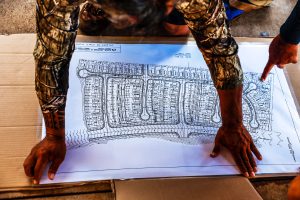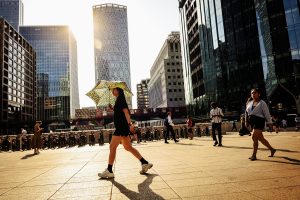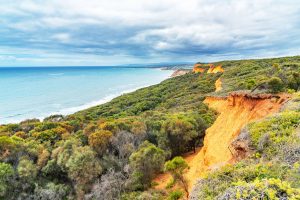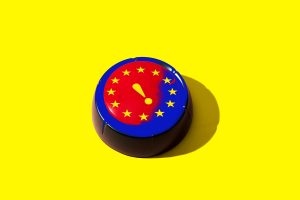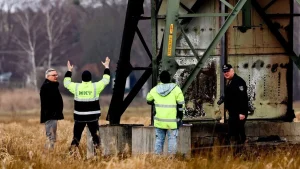Arctic Trees: Trouble on the Rise
2 min readLess Sea Ice Means More Arctic Trees—Which Means Trouble
In a surprising twist of events, the melting of Arctic sea ice is leading to the growth of more trees in the region. While...
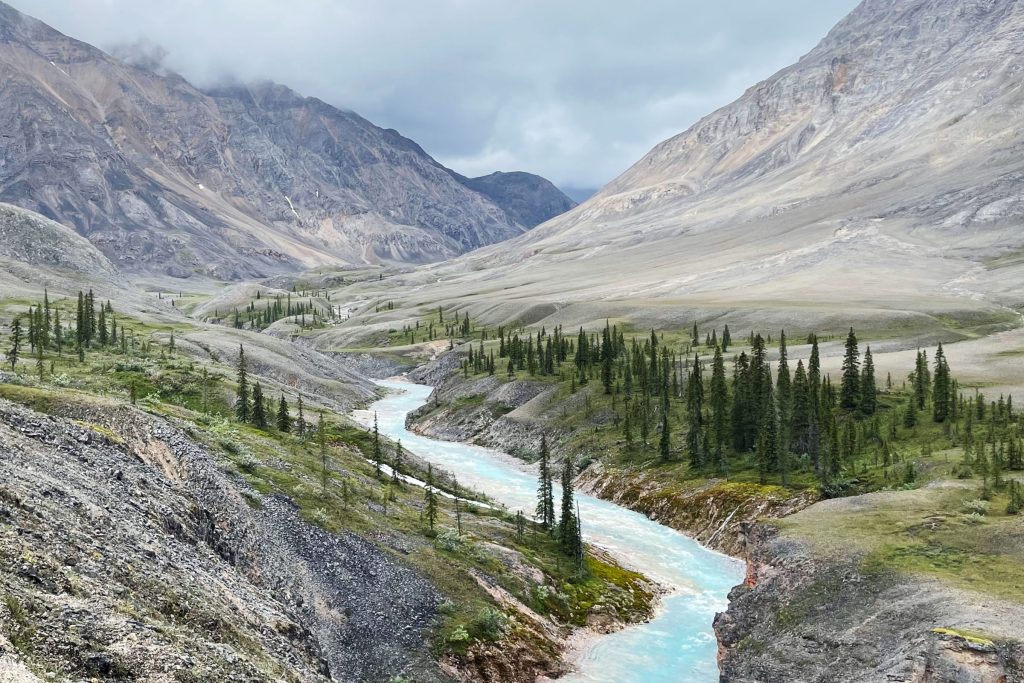
Less Sea Ice Means More Arctic Trees—Which Means Trouble
In a surprising twist of events, the melting of Arctic sea ice is leading to the growth of more trees in the region. While this may seem like a positive development at first glance, it actually signifies trouble ahead for the delicate Arctic ecosystem.
The reduction in sea ice allows for increased sunlight to reach the land, creating a warmer and more favorable environment for tree growth. This phenomenon, known as Arctic greening, has been observed in recent years and is a clear indication of the rapid changes occurring in this fragile ecosystem.
However, the implications of this shift towards a more tree-dominated landscape are concerning. Trees absorb more sunlight than sea ice, leading to further warming of the region. This feedback loop can exacerbate climate change and have far-reaching consequences for both the Arctic and the rest of the planet.
Additionally, the expansion of trees in the Arctic can disrupt the balance of the ecosystem, affecting the populations of native species such as polar bears, caribou, and Arctic foxes. These animals rely on the Arctic landscape for survival, and any drastic changes in their habitat can pose a threat to their existence.
As we witness the transformation of the Arctic into a more tree-filled landscape, it is crucial to recognize the potential risks and take action to mitigate the impact of this ecological shift. Preserving the Arctic’s unique ecosystem is essential for maintaining biodiversity and ensuring the survival of its diverse inhabitants.
